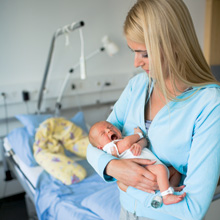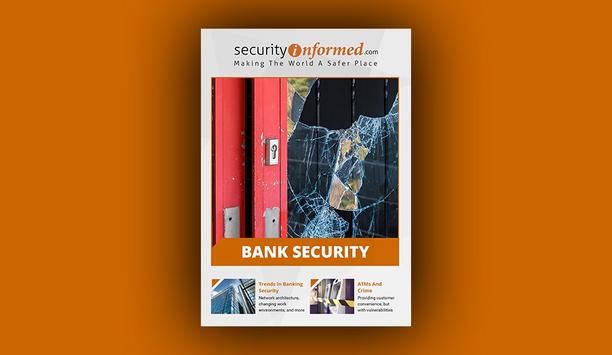With healthcare facilities facing budget cuts and reductions in personnel, it is increasingly difficult to maintain high quality care around the clock. Employing technology to help in the process is now commonplace, with Siemens RFID (Radio Frequency Identification) tracing solutions adopted by many facilities throughout the world.
Modern wireless technology allows the determination of the location of any object or person in real time. In hospitals or other healthcare facilities, this can be used as a support system for a range of applications, from alerts of wandering patients, infant abduction and baby mix-ups to the theft of mobile equipment. By pressing a button, nurses or patients can also send a wireless distress signal, including name and current position, enabling swift and efficient deployment of resources to help.
Patient walk-out detection
In security terms, tracking of patients is becoming an ever-increasing focus. Abductions of babies have been the incidents that have tended to grab the media headlines but in an aging population, the inevitable increased incidences of dementia means that keeping track of elderly patients is also a priority. Dementia patients wear a small wristband transmitter. Staff members are alerted as soon as a monitored patient attempts to leave the protected area. Alert messages may be sent to care givers through nurse call, wireless DECT phones, pager, sirens etc. It is thus possible to keep doors open for visitors without having disoriented people leaving specified areas. Benefits for the patients and the institution include:
- Greater mobility for wandering patients without needing to lock-down the site
- Early notification eliminates bothersome search actions
- Increased peace of mind for relatives knowing that their loved ones are protected
Infant protection
Newborn babies are equipped with a tamper-proof miniature transmitter which is worn around their ankle. If the baby is carried away by an unauthorized person, the transmitter will trigger an alarm. Baby mix-up is also no longer possible since the transmitter of both the mother and baby are linked and a match test can be performed. Escort functions (e.g. baby with mother, baby with nurse) or multiple births can be easily configured in the system.
- Protection from abductions
- Freedom of movement for mothers, visitors, and nursing staff
- Protection from baby mix-up and from transfer of diseases through breastfeeding (hepatitis)
Enhanced staff safety
 |
| Newborns and their mothers are equipped with a transmitter which helps prevent mix-ups and abductions |
Staff wear a personal badge with an emergency button. On pressing the button, different types of alarms can be triggered, depending on the requirements (DECT, pager, nurse call, siren, security staff etc.) and the location. Name of the person in need and location are transmitted with the alarm. This system is especially well-suited for use in emergency wards, psychiatric clinics or isolation wards.
- Quick and targeted help for staff in case of workplace violence
- Button is more discrete and easier to reach than conventional alarm buttons on the wall
- Exterior coverage possible (park, parking lot)
Nurse call: quick help for patients
Using the wireless, portable nurse call, patients or elderly people can press a button and ask for help from any part of the building at any time. Since the alarm is personal, staff can bring along colleagues, drugs or equipment, if needed (e.g. in the case of epileptic patients or patients suffering from heart diseases).
- Patients and elderly people enjoy both a greater security while maintaining their mobility
- Patients feel well looked after and their relatives can be confident
- Staff can locate patients to administrate medication
- Flexible and also suitable for use outside the wards (e.g. in hallways or the cafeteria)
Asset tracking: greater business efficiency
The transmitter secured to mobile hospital equipment triggers an alarm as soon as the equipment leaves the area to which it is assigned without authorisation. This prevents theft or misuse. Also, the hospital's biomedical maintenance department can save time looking for a certain piece of equipment when scheduled maintenance is due. Usage statistics for equipment (e.g. bed management) or billing based on effective effort are also possible.
- Quick location of equipment in emergencies and for maintenance
- Protection from theft or misuse
- Automatic usage statistics allow for an optimisation of rental and leasing contracts









